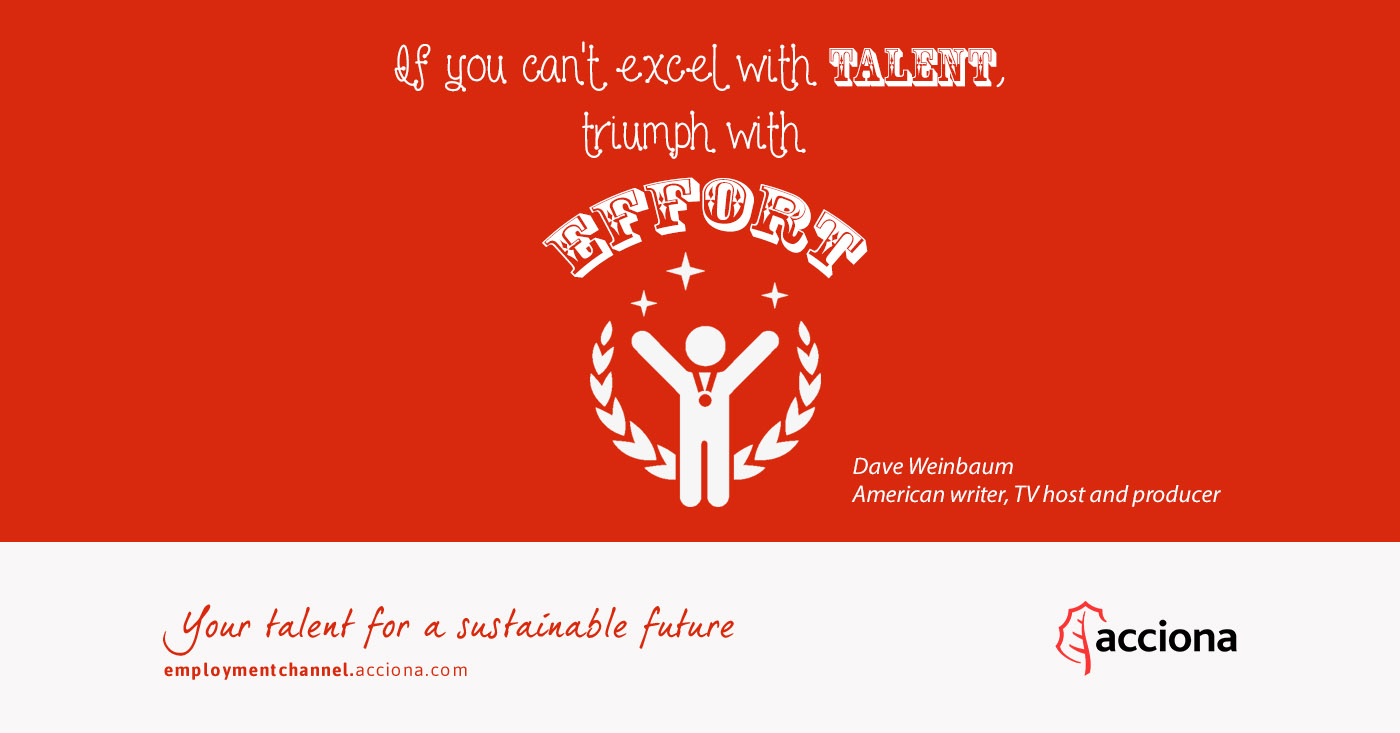We plan many things throughout our personal life. Some of them over the long-term, such as the degree we’re going to study or the house we would like to own. Others, we plan in advance although their duration is shorter: a graduation trip or saving for a new computer. There are also some more ordinary, like having a word with a loved one or having some coffee with our co-workers. The same way we talk about one or another kind of preparation in our private life, we talk about job profiles in the professional world. Which job profile do you identify with?
Strategic, tactical or operational job profiles

To begin with, you must be aware that the idea of job profile goes beyond being able to work better on the short, mid or long term. There are a series of nuances you must know, some strengths to be reinforced and weaknesses to be addressed, in addition to your farsightedness. In other words, your own professional skillsare key to choose and develop a certain model above other.
There are diverse theories and models for these job profiles according to their general to particular nature. Some place operational between strategic and tactical. Others say that the correct order is strategic, tactical and operational job profile, and this is the notion we have followed here.
Which should be my job profile?
Before delving into the definition and features of each job profile, remember that nobody is perfect and that there are no better or worse profiles, they’re all necessary. Nobody is born knowing, and you’ll go through diverse stages during your professional career. Why do we mention this? Because…
- Your goal is surely to be the best in every endeavour you strive for. This is a fantastic way of thinking, but more often than not we’re conditioned by the command (or lack of) we have over certain abilities. You must know that becoming your best version doesn’t mean to meet 100% of existing professional skills.
- Over the course of your professional journey you’ll develop your skills, gain confidence thanks to your strengths and know how to manage your weaknesses. Experience is a degree in this case, since every professional challenge will make you know yourself a little better.
This also means that none of those three job profiles is a closed group. Your professional self may be comprised of diverse features, yet you might enhance some of them more than others, according to the professional stage you are. Remember that you’re not a robot subject to a limited series of commands.
Strategic job profile
Strategic planning is based on choosing a direction and making long-term decisions. It usually provides an answer to the following questions: where are we? what are we doing? where do we want to be? The broader vision possible is sought, from start to finish. Strategic decisions are usually taken by senior executives, although it’s not a profile exclusive to them.
Globalizing pending tasks is something strategic professionals are quite efficient about; generation of ideas, leadership and deductive thinking are some of the terms directly associated with them.
If we make a more visual comparison, strategy is the plot of the film. It has an introduction (research), a development (the problem and the solution) and a conclusion (the assessment period).
Tip: if you want to boost your more strategic side, try to relate all the concepts under a common denominator. Repeat the process until there are just a few left. Mind maps are a very useful tool for this process.
Tactical job profile
Tactical planning does not develop as much a vision generally and conceptually speaking, but it’s extremely useful in order to understand more particular aspects that may arise halfway that weren’t predicted by large-scale planning. Explained the easy way, a strategy is divided into a certain amount of tactics.
Tactical professionals usually have good communicative skills. They act as coordinators and, like strategists, they come up with good ideas, although these are focused on more specific points or themes. Management of situations is another of their most significant features.
In our filmic comparison, tactics are scenes in the movie. Without the majority of them, we wouldn’t understand what’s going on.
Tip: If you want to exploit your tactical vein, remember that you’ll be halfway between general and specific. It’s essential that you elaborate a calendar for each month marking diverse landmarks and points. Work meetings with co-workers and managers are also something you must take advantage of.
Operational job profile
Operational planning comprises short-term actions, those that can be seen as concrete, more describable and somewhat ‘tangible’. Every department and rank in a company performs daily operational tasks. A tactic is made of many operational actions, some of them automated or common to other tactics, some new or suggested in real time.
Operational professionals are excellent troubleshooters, or crisis managers. They respond rapidly and take care of small details. They don’t mind performing more automated tasks, but they’re also capable of coming up with alternatives should any temporary problem arise.
Coming back to our comparison, an operation is like each frame in a movie scene. Every wardrobe change, word, gesture… may lead to success or failure.
Tip: In order to work your more operational job profile, you must be aware of the hard skills proper to your sector or profession. Besides, you could do an exercise by going from general to specific. Weekly task lists and an organizer like an agenda are the tools you want to have at hand.
Connected job profiles
We already told you that job profiles are not of closed nature. They`re not independent from each other, either. The complexity of planning requires that these three job profiles cooperate, share ideas and look over every step. It could be said that it is an interdependent process. And don’t forget that your role is essential, so work on it in order to become a better professional day by day.
Sources: USAF, La Calidad, Cinco días


